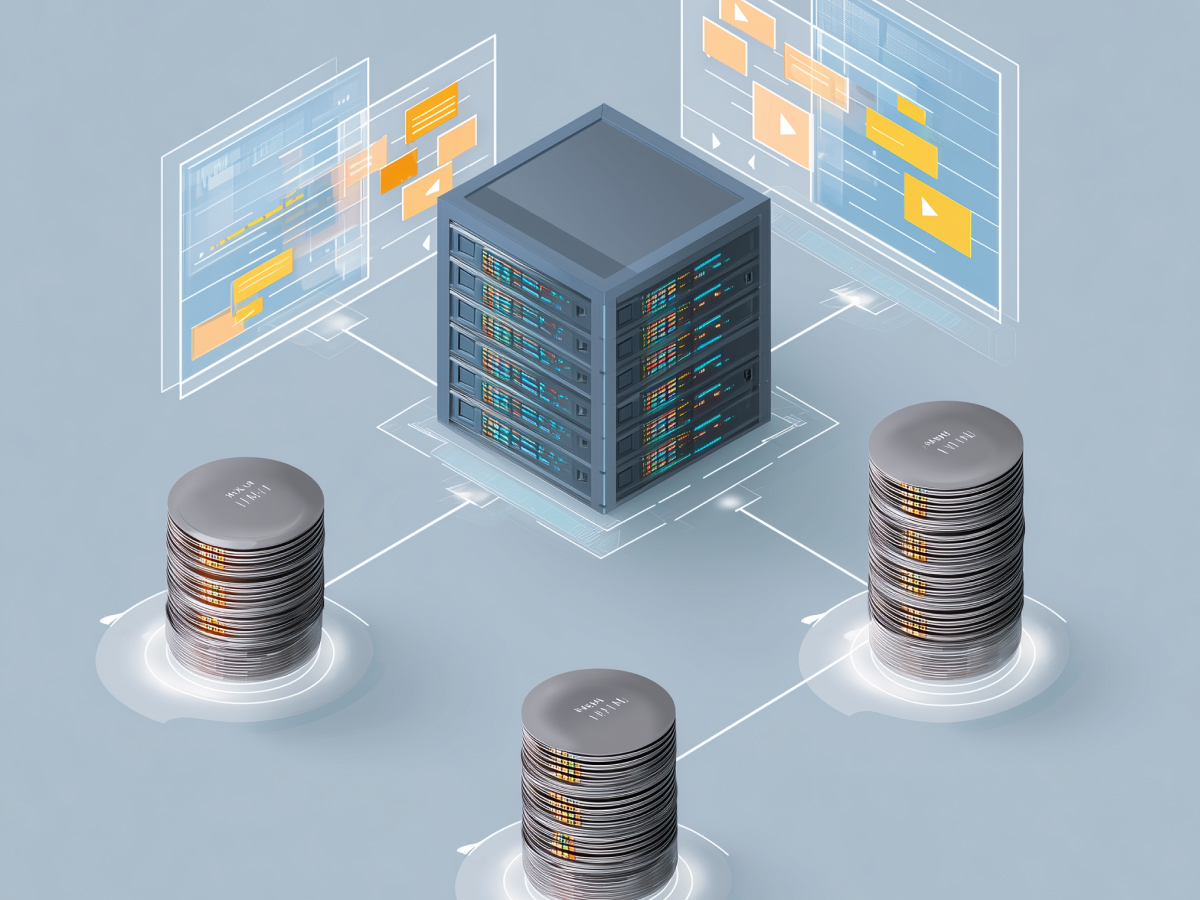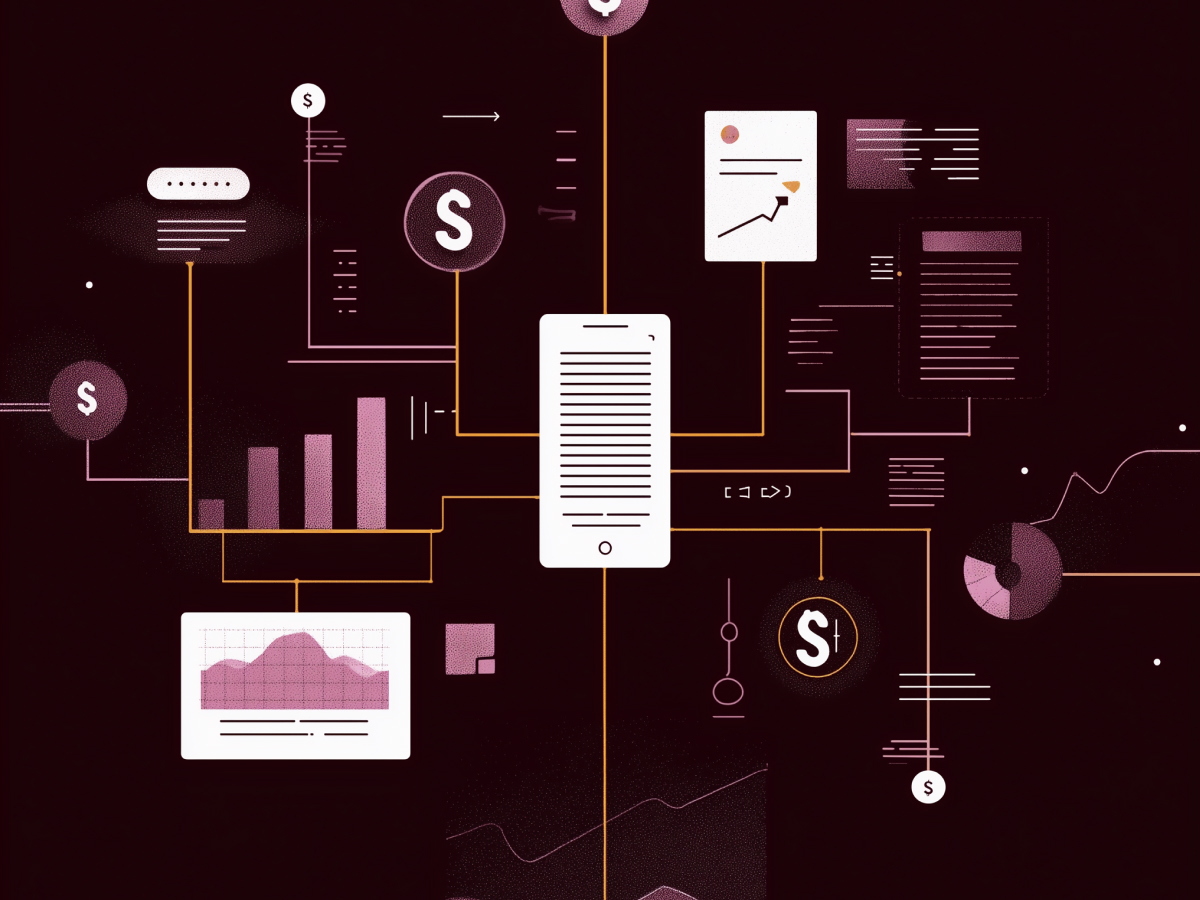Shiny Object Syndrome (SOS) derails productivity
There’s no shortage of promising tech. Something new launches every week, AI platforms, frameworks, SDKs, claiming to revolutionize the way we work. But here’s the problem: too many organizations are reacting to trends instead of responding with direction. That’s where Shiny Object Syndrome creeps in. It starts with one team wanting to try the new thing. Then another team sees the same glossy promise and jumps in. Before long, momentum is lost in experiments with tools that aren’t even production-ready.
Anand Sainath, co-founder and Head of Engineering at 100x, saw this first-hand. His team nearly got pulled off their roadmap by Gemini’s early-stage AI tech. It looked like a simple enhancement, maybe even low-risk. But it wasn’t mature, and it wasn’t right for their use case. So they stopped. That decision kept them moving toward outcomes that actually mattered for customers.
Unfortunately, most teams don’t catch the mistake early. SOS damages productivity in ways that are easy to ignore at first, missed deadlines, untested prototypes, tools that don’t scale, rising technical debt. Eventually, it drains velocity and pushes teams into a reactionary mindset. When engineers are spending 40% of their time switching between new systems or fixing bugs from rushed features, you’ve lost more than time, you’ve lost real product output. And worse, you risk breaking trust with stakeholders who start seeing engineering goals as moving targets.
If leadership doesn’t define the path, the market will define it for them. The world’s filled with noise disguised as innovation. But staying ahead isn’t about chasing every spike in activity. It’s about cutting the signal from the noise and directing resources where they return value.
The FBI’s Virtual Case File project is a cautionary case. After five years and $170 million, it collapsed, largely because the vision kept shifting, and delivery never found its rhythm. That wasn’t a budget issue. It was a focus issue.
Move fast, absolutely. Just make sure you’re moving in the right direction.
Evaluating the long-term value of new tools prevents SOS-driven decisions
Innovation without intention is just noise. Before you try the next hyped tool, stop and ask: Will this make our product better for more users over time? Or are we patching a one-off edge case that’s already on the path to being solved at the platform level?
Sainath calls this the band-aid vs. wrapper test. If your solution is just a patch to cover over limitations in someone else’s early-model release, it’s not durable. That extra layer you built? Probably obsolete in six weeks. In contrast, good wrappers extend the value of foundational technologies. They provide real workflows, structured context, seamless integration, basically, they make the tech usable. Cursor is one such example. On the surface, it’s a wrapper. But it’s focused and practical, and it made language model workflows genuinely useful for devs.
The decision to build needs to come with awareness of what’s going to change under you. Ask: What happens when the underlying model becomes ten times better? Does our solution improve with it, or become irrelevant? Do we automatically benefit from the advancement, or will we need to retrofit our platform just to keep pace?
Don’t waste time on tech that breaks when the engine gets upgraded.
For C-suite leadership, this is a filter worth applying with every roadmap decision. Push your teams to identify what matters tomorrow, not just what looks good in a demo. Quick wins tied to unstable tech are often just delays in disguise. A well-structured system, even built on new ground, should evolve with the ecosystem, not require rework every cycle.
If the tool helps you build something foundational, use it. If it simply fills a current gap that’s closing fast, skip it. Innovating is not about being first. It’s about being aligned to long-term leverage.
Emphasizing what is not built helps maintain focus on essential product features
Most teams obsess over what to build next. Few stop long enough to clearly define what they’re not going to pursue. The problem is, when you don’t make those boundaries explicit, distraction creeps in. That’s where priorities fade and scattered execution begins.
Raju Malhotra, CPTO at Certinia, emphasized the discipline required here. When his team plans the roadmap, they document not just what features they’ll develop, but which ones they deliberately reject. That’s a practice more teams need to adopt. It forces sharper focus. If it’s not going to improve how customers operate daily, it doesn’t get prioritized. Period.
New ideas often look exciting on paper or perform well in early demos. But that says nothing about whether they create real customer value once deployed. Testing new technologies with a controlled group of early adopters can be helpful, but only if the goal is to listen and improve, not to expand prematurely.
Leadership should treat the decision not to build as a strategic win. Avoiding unproven or poorly scoped features allows companies to reinforce what matters. The lack of that discipline is what led to Evernote’s decline. Instead of doubling down on their core, note-taking focused on speed and reliability, they wandered into physical products and bloated features like Work Chat. Users left for simpler, faster tools.
Executives should make it a habit to ask one clear question in product planning reviews: “What did we choose not to build?” The answer will often reveal more about an organization’s focus than the roadmap itself.
Engineering decisions must align with measurable business value and customer impact
Every technology decision should map directly to a business outcome. Anything else risks burning time and cash on features that don’t move the needle.
Paul Senechko, VP of Engineering at Customer.io, puts it clearly: If a new system doesn’t help customers succeed or improve the product’s performance meaningfully, then it’s probably the wrong time to adopt it. That clarity simplifies complex decisions. For example, if a proposed tool costs hundreds of engineering hours but improves nothing that customers see or feel, skip it. It’s not an investment, it’s an expense.
The leadership principle at Customer.io is simple: be a customer expert. That’s the filter. The team doesn’t just build for technical interest, they ask: does this make our product stronger, faster, or easier to use? Does this reduce friction for users trying to accomplish something important? Will it help us serve more people without compromising experience?
This mindset shapes everything else, feature prioritization, hiring, infrastructure scaling. It also informs long-term efficiency. Sainath adds to this by identifying future-state checks. What happens if this technology evolves dramatically in the next few months? Do we gain from that advancement automatically, or would our systems need to be rebuilt entirely?
Your team’s ability to navigate those questions fast and without ambiguity is a competitive edge. It’s how you filter value from noise. Engineering should never move in isolation. It has to compound business growth and deepen customer results. That’s the standard.
Structured experimentation safeguards teams from the pitfalls of SOS
Most failed technology experiments share one thing in common: they were launched without a clear endpoint. Without structure, testing turns into maintenance, and interested exploration turns into operational bloat. You can’t afford that. Teams need boundaries, on time, scope, and outcomes, before they even write the first line of code.
The best approach is to treat tech trials as formal initiatives with objectives, timelines, and limits. Paul Senechko, VP of Engineering at Customer.io, leads his team with this mindset. They set strict caps, typically no more than two sprints plus a buffer. That keeps experiments fast, reversible, and rooted in reality. Experiments are tied to real use cases, not just curiosity. If the trial doesn’t show meaningful results within the window, it stops. No dragging it into monthly planning. No quiet extensions.
Involving cross-functional reviewers, from engineering management, product, and senior engineers, ensures that no trial becomes isolated. It’s not about controlling exploration. It’s about validating progress. Every build gets a go/no-go milestone. If adoption is lower than expected, or integration with existing pipelines fails, then it’s shelved. And that’s fine. Saving time is also a positive result.
Senechko’s team also uses a fixed-time, variable-scope model. They decide in advance how much engineering time they’re willing to spend. What gets delivered within that time is what matters, not how many features were packed in. This forces clarity. It also encourages rapid learning and informed iteration.
Executives need to enforce this rigor. Without it, shiny object syndrome takes over quietly, through scope creep, team fatigue, and tech debt that multiplies in the background. Run tight experiments. Set stop points. Only scale what actually performs.
A metrics-driven evaluation framework distinguishes genuine innovation from distracting trends
Innovation isn’t just about trying new things, it’s about delivering measurable gains. If you’re not tracking real impact, then you’re guessing. And most guesses don’t scale.
Before rolling out any emerging technology, define what success looks like. Then prove it. Success metrics shouldn’t just focus on whether the system works; they need to answer whether it improves the way your company operates. Think about engineering efficiency, customer satisfaction, speed to deploy, quality of output, those are the metrics that matter.
This needs to be baked into the trial process. Look at developer outcomes, are we seeing productivity increases or more frequent context switching and firefighting? Look at workflows, are tests faster, bugs lower, deployments smoother? Then look externally, are customers benefiting? Are load times down? Ticket volumes down? Usage up?
The right metrics reveal value across three levels: people, process, and product. Track metrics like deep work hours, test suite runtimes, incident response times, and regression rates. Add customer-facing indicators like user reports, completion rates, or user drop-offs tied to specific flows. If the new tool doesn’t move these numbers, it’s not innovation, it’s overhead.
For executives, this is non-negotiable. You can’t scale experiments based on instinct. You scale what works. Metrics are the system that makes that possible. They turn exploration into insight, and insight into action. Without them, all you’ve got is an expensive distraction.
Deep customer understanding anchors teams against the temptation of trend-chasing.
Teams that stay close to their users don’t waste time building solutions no one asked for. It’s simple, direct exposure to customer feedback keeps engineering grounded. When you hear firsthand what breaks, what confuses, or what gets used every day, priorities realign fast.
Raju Malhotra, CPTO at Certinia, reinforces this approach. His message to engineering teams is clear: exciting trends are irrelevant if they don’t create direct value for the user. Staying competitive means understanding the user experience at a detailed level, not just at the metrics dashboard.
Paul Senechko, VP of Engineering at Customer.io, puts this insight into action continuously. His teams join real support calls, participate in user onboarding sessions, and review feature usage patterns through analytics platforms like PostHog, Heap, and Amplitude. They track what users click, ignore, try repeatedly, or abandon altogether. It’s not just about feedback, it’s about precision in seeing how people actually interact with the product.
But listening alone isn’t enough. You need evidence. Match the raw user feedback with behavioral telemetry. Look for repeat patterns. Are key workflows getting skipped? Are high-impact features underused because of poor discoverability? Are users failing to complete tasks they started? These signals should define what gets prioritized, or eliminated.
The result is sharper execution. Teams can cut low-return ideas early and put their energy into tools that solve practical problems. More importantly, this loop builds alignment between customer-facing teams, engineering, and product strategy. Everyone moves in the same direction, using the same data.
Executives should mandate this dual tracking system as a requirement for any pilot or roadmap feature. No feature should move toward deployment unless customer experience data backs it.
Sustainable innovation is built on extending what already works rather than replacing proven systems.
Progress doesn’t require abandoning systems that perform. It depends on extending them intelligently. Teams that innovate well aren’t chasing disruption, they’re reinforcing stability while adding capability.
Raju Malhotra made this distinction clear. When the goal is customer speed and ease of use, new tech needs to increase that, not complicate it. Executives should push for technical bets that strengthen infrastructure, reduce effort for users, and evolve existing outcomes. That’s where momentum compounds.
Every system you’ve scaled or refined already has embedded value. Throwing it out every time something new launches is a waste. Focus stays strong when innovation is evaluated in context. Does it deliver smoother workflows? Does it reduce failure points? Can it scale with your current users without doubling operational costs?
Senechko’s team at Customer.io follows this model. For them, investing in their technical platform didn’t just make engineering more efficient, it unlocked performance gains that off-the-shelf tools couldn’t deliver. Their approach wasn’t to replace the stack. It was to extend functionality to match very real, high-volume demands.
For leadership, that’s the strategy: preserve your base, then evolve it. When you upgrade only what limits you, and leave strong components intact, you get results faster, with less disruption. That’s not conservative. It’s targeted innovation.
In fast-moving markets, responsiveness matters. But so does stability. Sustainable innovation is built when changes are made with purpose, not noise.
Final thoughts
Leading through noise is harder than ever. Every week brings a new platform, model, or tool that promises to be a gamechanger. But leadership isn’t about reacting, it’s about filtering signal from hype and making bets that compound, not fragment.
The most effective executive teams don’t get distracted by every shiny headline. They invest in structure, clarity, and systems that prioritize real customer outcomes over short-term excitement. They don’t need fifty pilots running, they need three that matter.
If your teams are fatigued, shipping less, or solving for problems users don’t have, odds are your roadmap needs recalibrating. Pull focus back to durability. Reinforce what works. Let innovation be measured by lift, not novelty.
The opportunity isn’t in chasing every trend. It’s in building teams that can distinguish real value, move with intent, and stay locked on outcomes that actually move the business. Do that well, and you don’t need to move faster, you’ll already be ahead.





